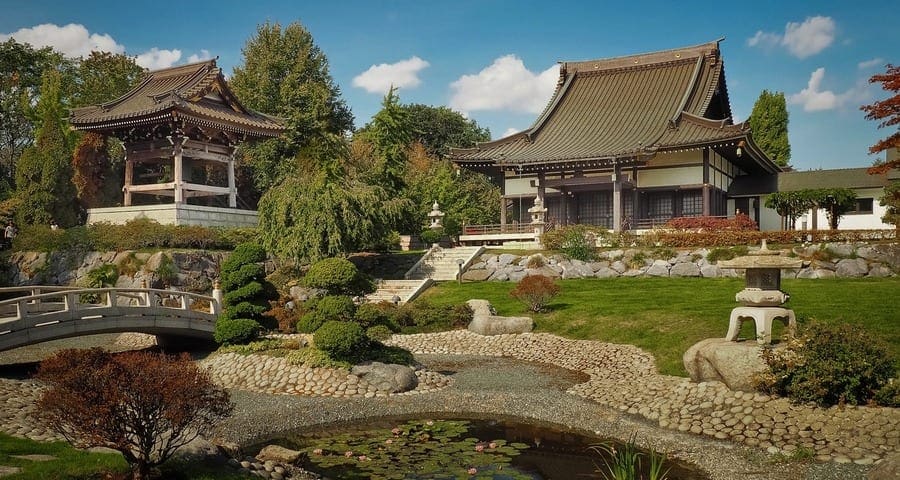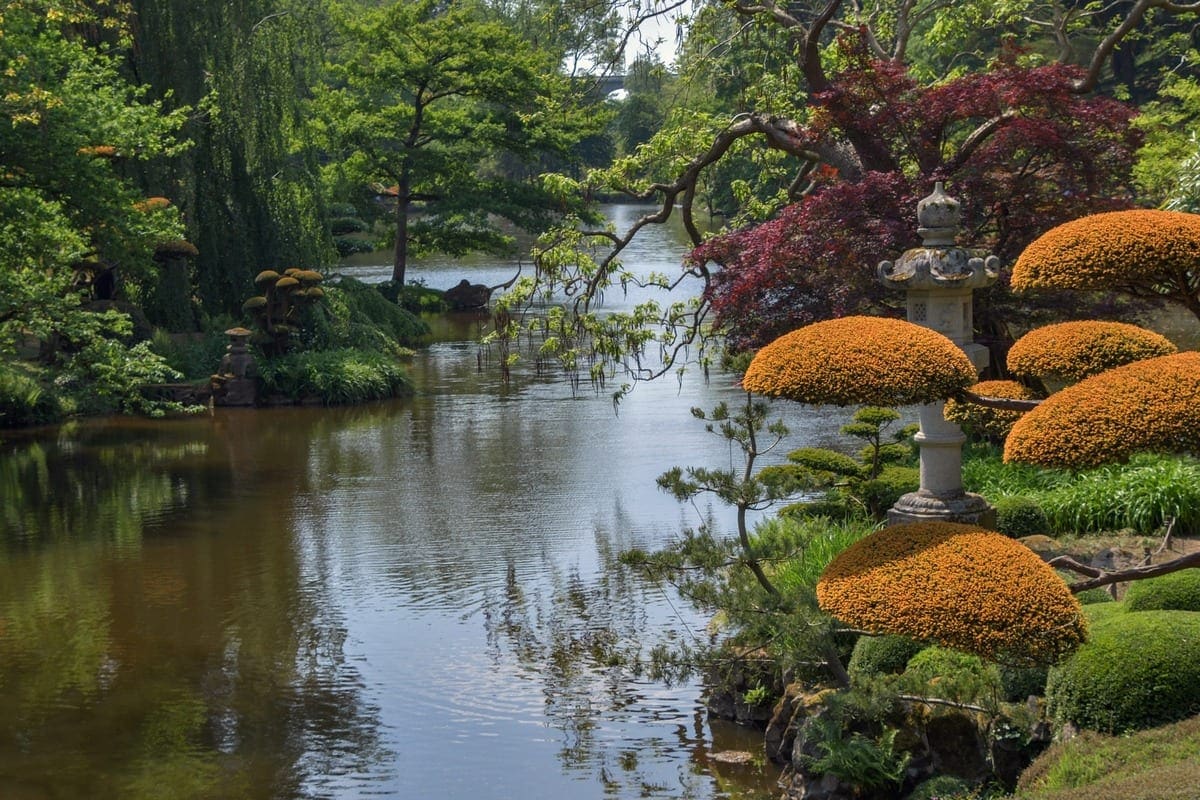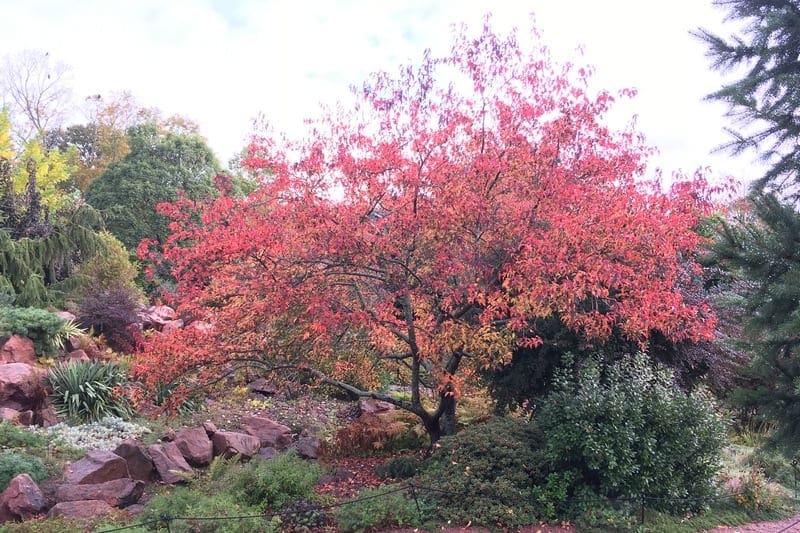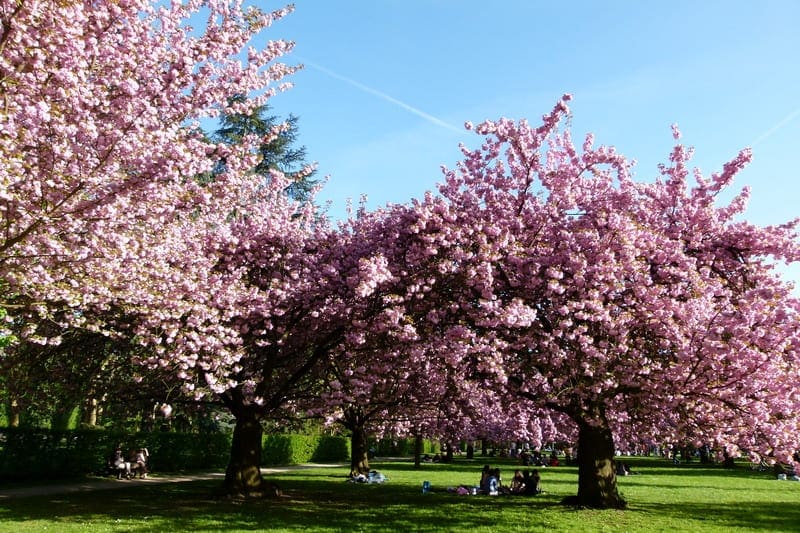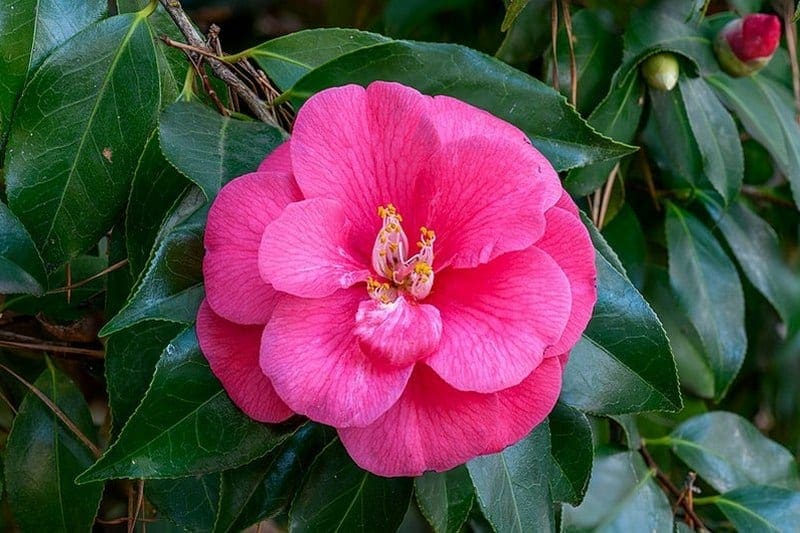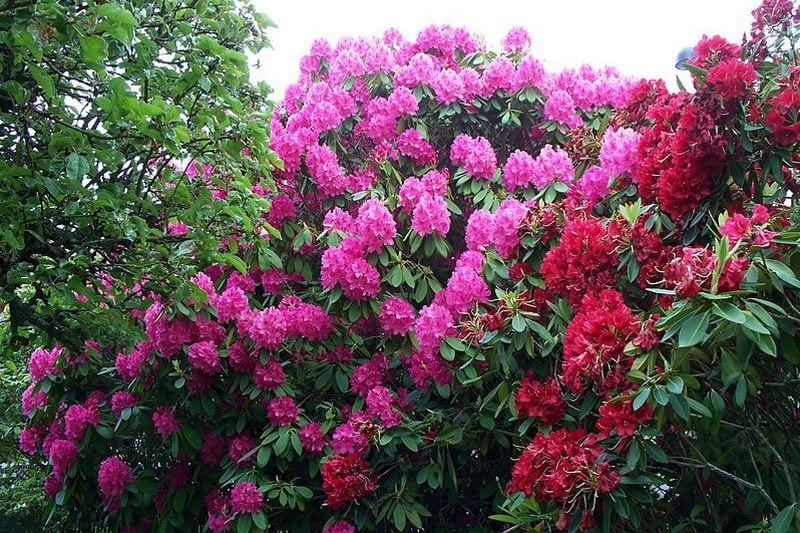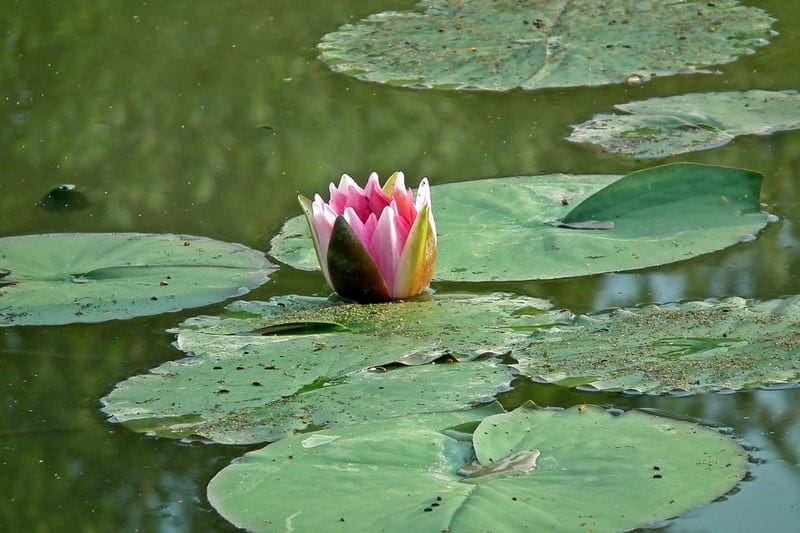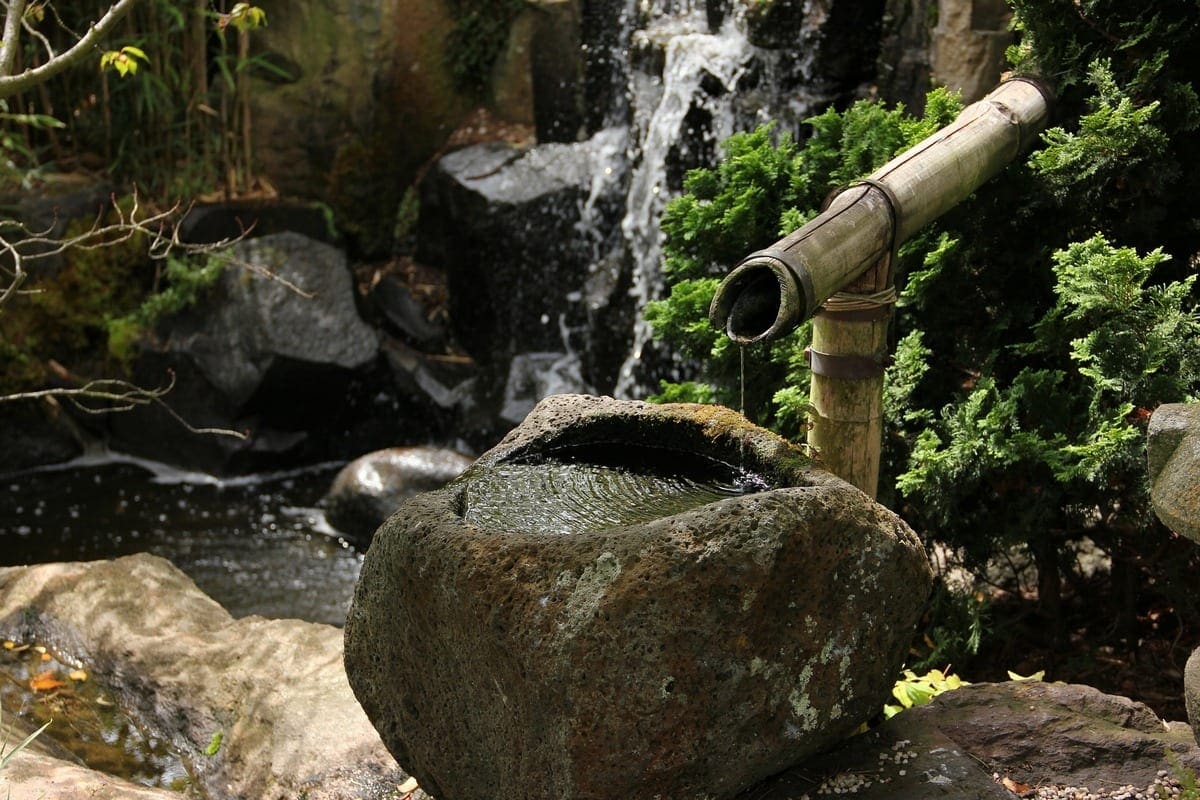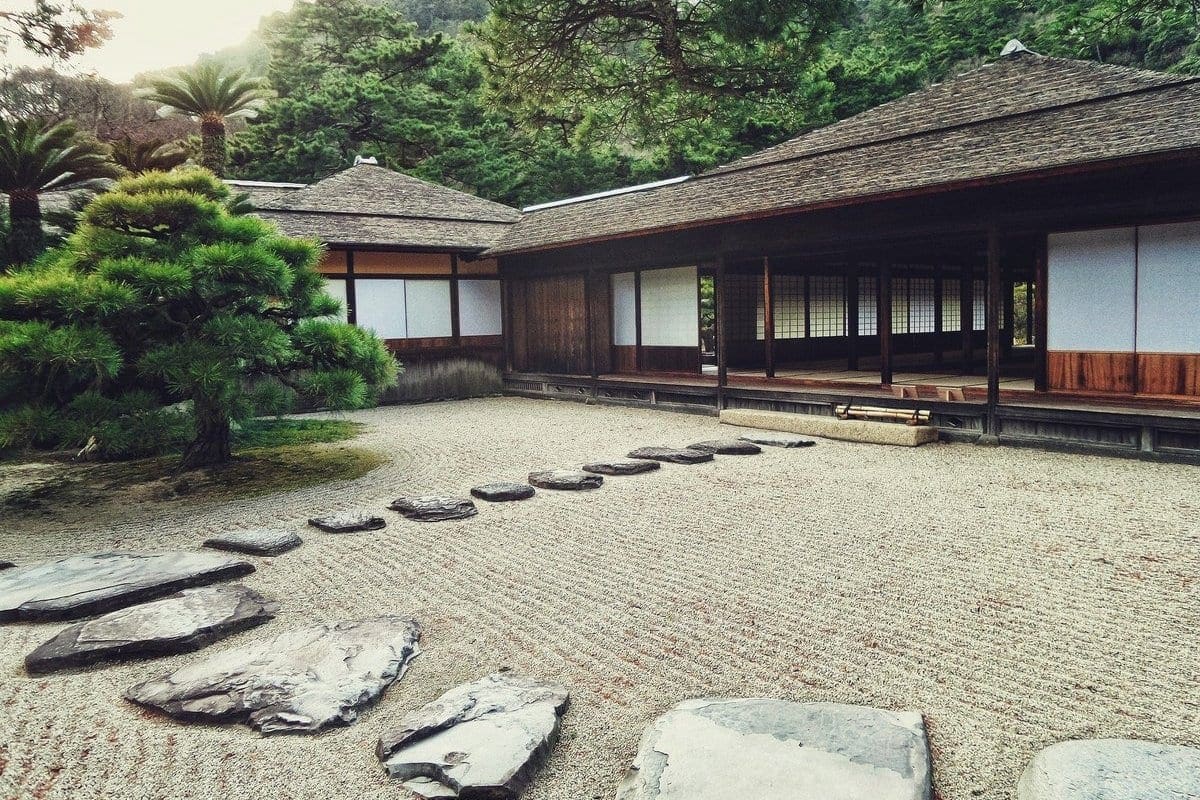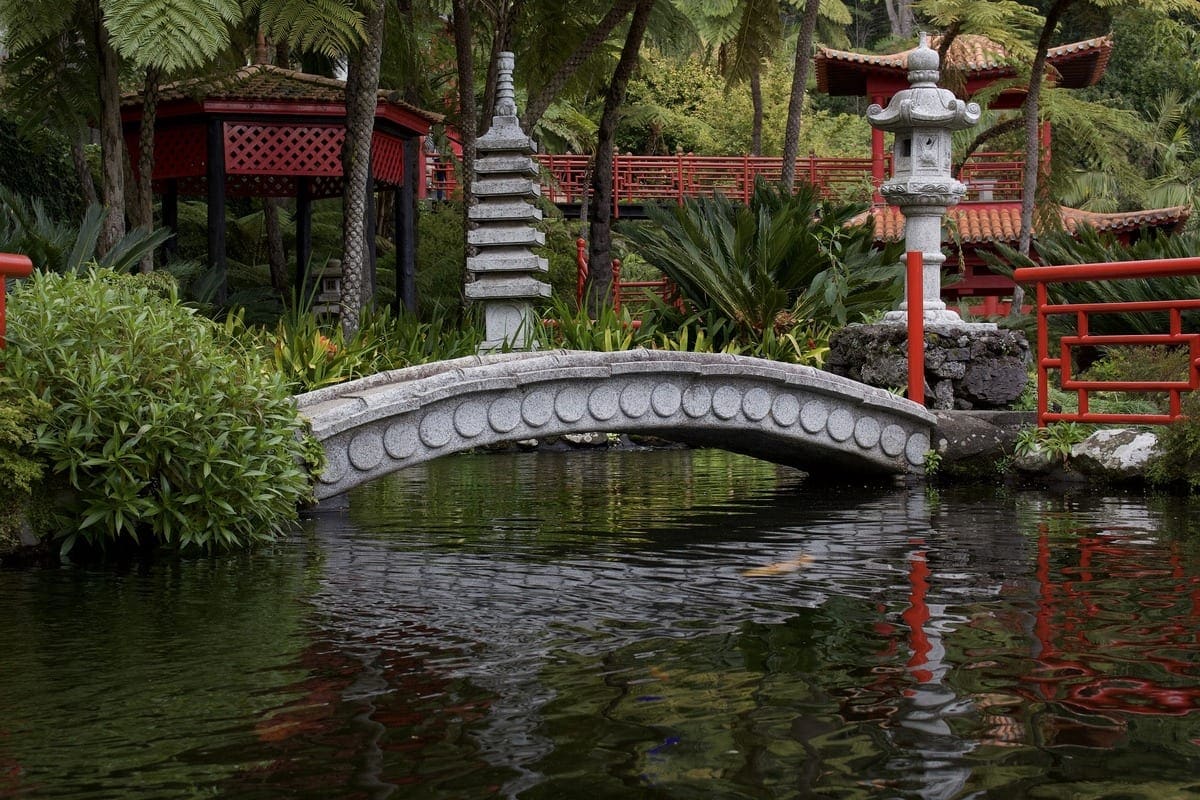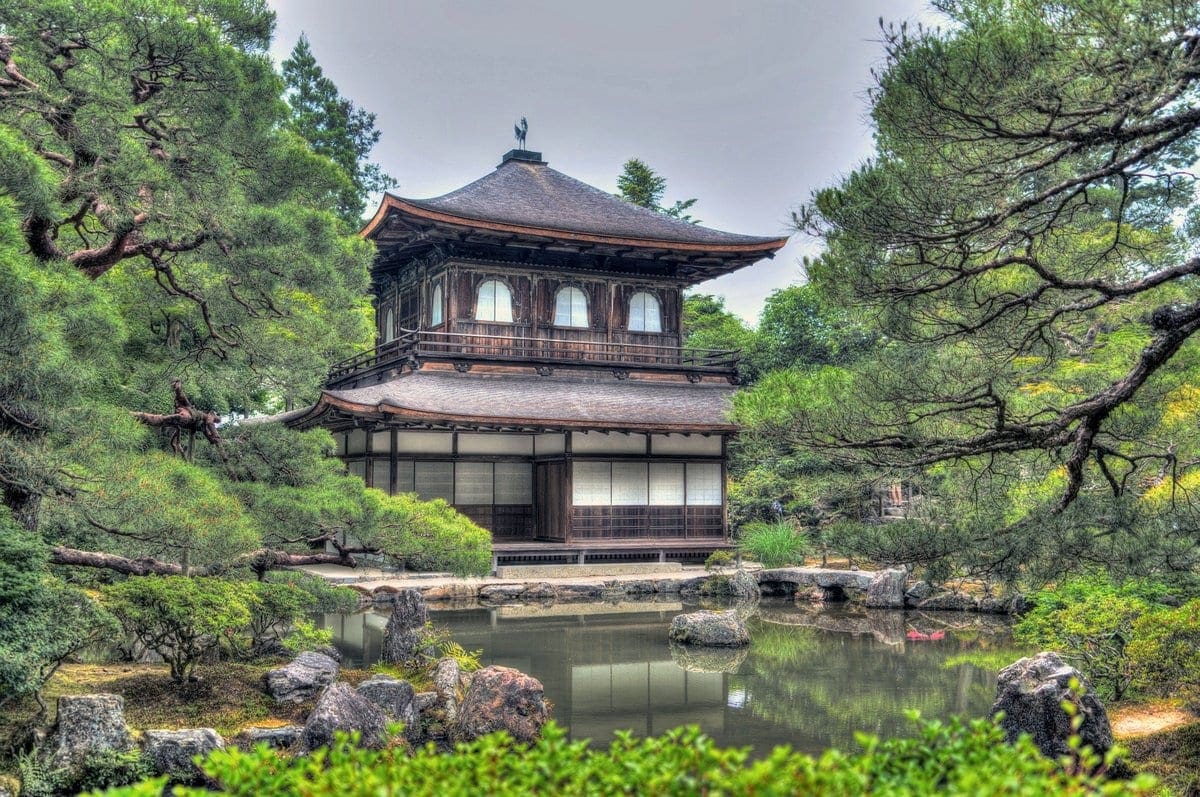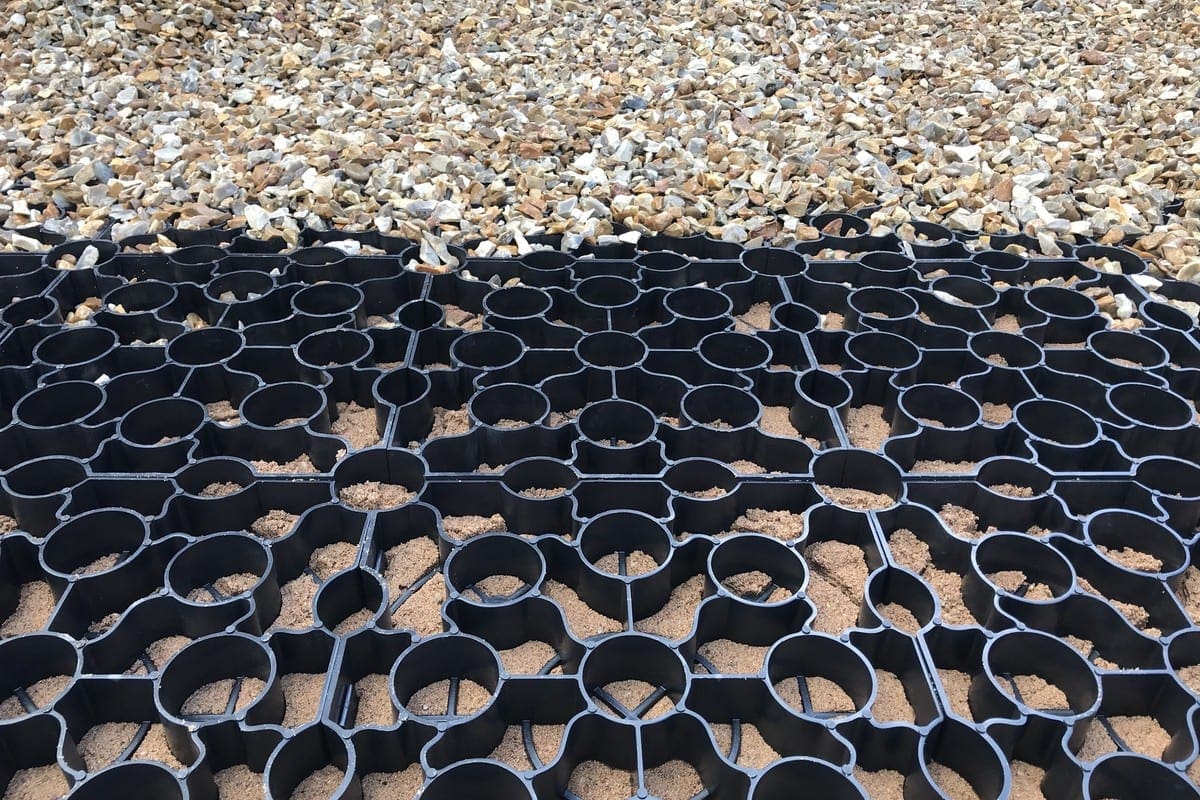The Japanese Garden
Sand and Stone Zen Garden Design
Japanese gardens have become increasingly popular throughout the UK. Without the correct planning, advice and products it can be very difficult to get right. Here we will look at the main parts of a contemporary Zen garden and which avenues you can take when creating your own.
It is worth noting that there are traditionally two distinct types of gardens in Japan: gardens which are experienced through walking around and exploring and gardens that which viewed from a building or platform. There have been attempts to categorise gardens but it is almost impossible for a number of them to be similar as they have either been created by the existing landscape or to an owners specific wants and needs. There are however certain designs which you can identify and replicate through their appearances and purpose:
Dry Landscaped Gardens – These gardens feature gravel and sand which are raked into a pattern to imitate water ripples. Large rocks or stones are placed in the middle to create the feel of an island surrounded by water. This type of garden is mainly associated with Zen temples.
Walking Gardens – Usually centered around a large pond, these gardens are intended to be viewed by visitors as they walk or stroll around the pond.
Lake/Pond And Island Gardens – The island surrounded by the lake or pond and connected to the mainland via a bridge or series of bridges, is usually considered a sacred space and a representation of heaven.
Courtyard Gardens – Typically found in relatively small spaces, these gardens can be found between or in the middle of buildings such as temples,
Tea Gardens – These gardens are essentially a path created using stepping stones which lead visitors from the outside world through the garden and to a tea house.
Plants, Trees & Flowers
When it comes to choosing a range of plants, trees and flowers for your Japanese Zen garden it is often said that less is more. You will find that most Japanese gardens are often sparsely planted due to spaces around plants being just important as the plants themselves.
If you are wanting to create separations and some privacy in your garden you may want to look at using bamboo to create Japanese style fences and screens. You can either tie pieces of bamboo together using twine to create an authentic structure or you can simply screw the bamboo in place. Bamboo is actually a very strong, durable and sustainable material ideal for creating these types of structures.
It is recommend that you choose a variety of evergreen trees, flowers and plants. This way your garden will not too bare over winter and will have a great structure due to the different sizes. You will also find that most Japanese style plants are small or have small varieties meaning you can fit all of your favourites into your garden whilst tying them into the overall theme.
Did you know that moss is commonly found in traditional Japanese gardens due to Japan’s natural humidity and rainy climate. A Zen garden is thought to be incomplete without moss which creates a soft and balanced feel and supposedly helps to comfort a burdened body and mind.
Here are just a few examples of popular plants used in a Japanese Tea Garden:
Water Features
Ponds and other bodies of water are generally the central element of most Japanese and Zen gardens, They are traditionally used to represent real or mythical seas and lakes.
In a number of Asian cultures, a garden is used for meditation and reflection meaning the user should be able to relax in a state of tranquility when entering the Zen area. Water is an important part of creating a relaxing and serene atmosphere through the use of still and calm reflection pools or the trickling sound of a water feature.
If your garden or area is large enough, the inclusion of a fish pond homing Koi Cap (Japanese fish kept for decorative purposes) will give you an ornamental feature found in most traditional Japanese gardens. Adding aquatic plants such as lilies, add a nice natural touch to your water features.
With your pond installed, if you have enough room, the addition of bridges is a welcomed idea for traditional Zen gardens. You can learn more about bridges a little further down.
However, in gardens where there may not be enough room for a pond or the owner is wanting a dry landscaped garden, gravel or stone is raked to symbolise ponds, waterfalls, streams and oceans. We will go into more detail on this below.
Paths
Paths are one of the most important parts of Japanese garden architecture as the path sets the tone for the rest of the garden and is of course the most used part of it. You must choose carefully a style of paving which coincides with the design of the garden but also follows traditional Japanese culture.
Zen gardens usually incorporate highly decorative pathways which meander into unseen areas of the garden. To achieve this you could create a simple zig-zag path which leads to a hidden part of your garden.
To create pathways you have a few options, you can keep a simple dirt or natural path, lay wooden slats, use paving stones or create a stepping stone path using large stones. A popular path design for Japanese Gardens is to create one which imitates water though the use of gravel or sand. The path is shaped to imitate to the flow of water whilst the gravel or sand is raked to create ripple effects. Larger rocks can then be placed in the raked gravel to symbolise mountains – some Zen gardens actually place benches and meditation areas overlooking this type of design as it helps aid thoughtful reflection.
Bridges
Bridges are another common feature of Japanese gardens. They are eye-catching, spiritual features which help increase your usable space. Typically used to connect islands or cross ponds and streams or just to add a little more decoration to your paving, bridges are incredibly versatile.
Bridges vary in material and complexity meaning you can select a bridge which fits in with your Japanese garden design perfectly. The most popular bridges are built from stone or wood. They can be as simple or as elaborate as you wish from a piece of uncut rock laid across a stream to a huge wooden structure with decorative designs and bright colours stretching across a pond.
Buildings & Structures
An authentic Japanese garden will always include at least one Pagoda. Pagdoas are oriental pavilions which were originally used as outdoor religious temples.
If there is enough room in your Zen garden, then be sure to add a full sized pavilion into a shaded or hidden corner but do be careful not to go over board with the design as there is a chance they can look a little garish in British gardens.
If your garden doesn’t have room for a large one, using a small stone statue of a Pagoda will be sufficient and can be purchased from most garden centres. These can be paired with other small Japanese garden ornaments such as lanterns, sculptures, bird baths or basins to match your design and add some decoration to your garden. Lanterns have featured in traditional gardens for a long time and have been used to illuminate walkways, water edges and even entrances to temples,
You may also want to consider installing furniture into your Zen garden, a popular choice is usually low benches which work very well when paired with canopies or pergolas to improve their attractiveness whilst giving some protection from the elements.
How X-Grid Can Be Used In A Japanese Garden
Gravel is a mainstay in most traditional Japanese garden ideas. X-Grid is best known for its strength and aggregate retention meaning a traditional gravel area imitating water could be installed on top of X-Grid.
This would give you a strong foundation under all of your paths and relaxation areas which feature gravel whilst reducing gravel migration and decreasing the time spent maintaining such areas. Almost invisible once installed too, X-Grid would not affect the appearance of your Zen garden at all.
To learn more about how it can be used, view our X-Grid product page.
